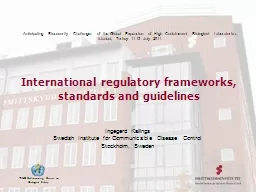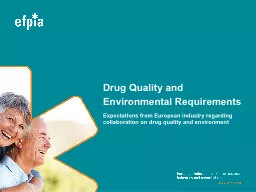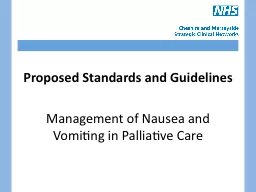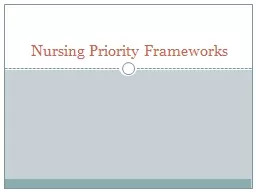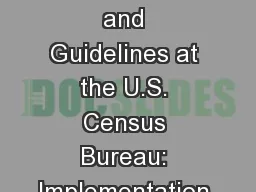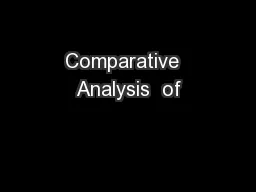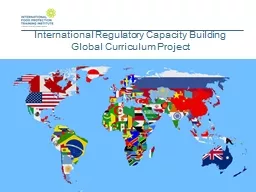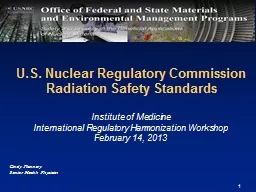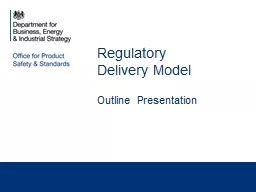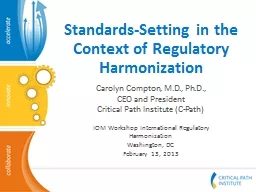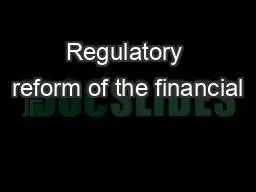PPT-International regulatory frameworks, standards and guidelines
Author : debby-jeon | Published Date : 2018-12-06
Ingegerd Kallings Swedish Institute for Communicable Disease Control Stockholm Sweden Anticipating Biosecurity Challenges of the Global Expansion of High Containment
Presentation Embed Code
Download Presentation
Download Presentation The PPT/PDF document "International regulatory frameworks, sta..." is the property of its rightful owner. Permission is granted to download and print the materials on this website for personal, non-commercial use only, and to display it on your personal computer provided you do not modify the materials and that you retain all copyright notices contained in the materials. By downloading content from our website, you accept the terms of this agreement.
International regulatory frameworks, standards and guidelines: Transcript
Download Rules Of Document
"International regulatory frameworks, standards and guidelines"The content belongs to its owner. You may download and print it for personal use, without modification, and keep all copyright notices. By downloading, you agree to these terms.
Related Documents

